Last, Pettibone Brothers of Cincinnati likely made this vivid blue Odd Fellows banner (fig. 3). James and William Pettibone’s operation was described as a “large establishment in which all kinds of paraphernalia for lodges, societies, schools, etc. are manufactured.” The emblems featured on this banner include the heart in hand, axe, serpent wrapped around a cross, globe, and the Ark of the Covenant. The blue ground symbolizes the heavens, divine eternity, and human immortality. As one Odd Fellows manual explained, “It is the proper symbol of Brotherly Love, indicating that it should be as far-reaching and constant as the ends of the earth.” The above works of art are not only reminders of the once booming market for fraternal goods in the Queen City, they also provide visual evidence of the spiritual, intellectual, and moral character associated with Freemasons and Odd Fellows.









